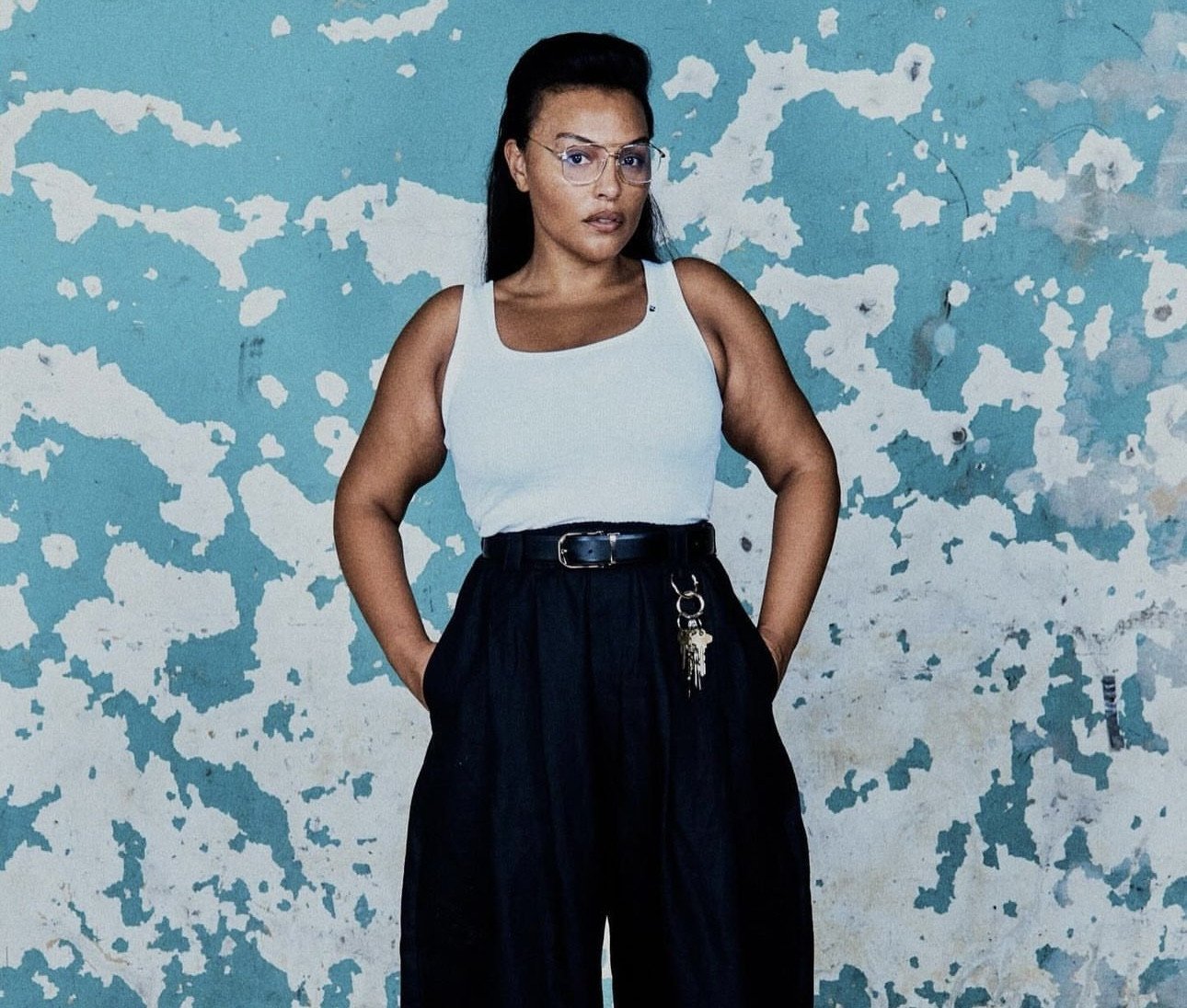Body positivity has never been more mainstream. Since the hashtag #BodyPositivity first gained traction in 2012, it’s become a cultural force, with over 43 billion views on TikTok and 12 million Instagram posts dedicated to promoting the acceptance of all body types, according to Forbes. And while the message is loud and clear—everyone, no matter their size, should feel confident—the fashion industry is still catching up. Major outlets responded with a bang, acknowledging the movement by finally including larger bodies on their runways. But like all trends, it ebbs and flows, and there’s a fear the industry’s enthusiasm for inclusivity may be waning.
Fashion once prided itself on exclusivity, turning away anyone who didn’t fit its narrow mould of “acceptable.” Karl Lagerfeld famously claimed, “No one wants to see curvy models” (Karl, I beg to differ) and Kate Moss’ declaration, “Nothing tastes as good as skinny feels,” feels even more outdated now—especially when I’ve got a slice of chocolate cake in the fridge to remind me otherwise. Yet for all the clamour for change, the global fashion industry seems to be regressing into its old habits.
A regressive route
Victoria’s Secret famously canceled its annual runway show in 2019 after backlash about its lack of body diversity, and we thought this would be the tipping point. Yet, just this year, Anna Murphy of The Times lamented the “upsetting” Paris Fashion Week runways, where models once again looked nothing like the diverse, clothes-wearing population. British Vogue’s Chioma Nnadi similarly noted the alarming uniformity of bodies on the London runways. Could the rise of weight-loss drugs like Ozempic be pushing the industry back to its size-zero comfort zone?
While newer designers like Coperni tried to maintain diversity by featuring plus-sized models like Paloma Elsesser, it was clear the old guard was less interested in making meaningful changes. In fact, many established luxury brands barely featured a single model outside of the traditional “standard”. It seems while fashion implements the “anything goes” ideology when it comes to clothing, they’re far less flexible with bodies. No curves, no hips, no body fat.

Closer to home
In Pakistan, body positivity is a topic that’s gaining traction, but it hasn’t quite made the leap into mainstream acceptance. There’s been some progress, but for most consumers, shopping remains an exercise in frustration. Many designers still cater almost exclusively to petite frames, reinforcing unrealistic standards that leave larger women feeling left out.
As a woman scrolling through Instagram looking for the perfect lehenga to wear to a family wedding, I often find myself starry eyed at how stunning an outfit looks on the model—only to remember it likely won’t have the same effect on my medium-sized frame. And I’m not alone. If the models and campaigns we saw better reflected the average woman, we’d all feel a lot more confident (and be more likely to splurge on that designer piece).
Speaking to The Express Tribune, designer Zohra Alam, shared how her design process aims to flatter all body types. “My designs are such that you can increase and decrease the size of the outfit without changing the look and fall of it. I keep a central panel and side pockets, so when you go from a size small to large, the central panel expands, and the side pockets remain the same,” she explained.
For Zohra, it’s not about drastically altering a garment to accommodate larger sizes but working with the fabric and the design to ensure that it remains flattering. She herself identifies as a plus-sized woman, giving her a better perspective. “I can help my clients because I know exactly which points to work on while designing my clothes,” she revealed.
“When my clients come to me most of them are apprehensive because designers in Pakistan mostly cater to small to medium-sized clients. They can’t imagine a larger body in these clothes because they are tuned to seeing smaller models everywhere,” she says. Her designs prove that with the right tweaks, it’s entirely possible for a designer to cater to everyone.









